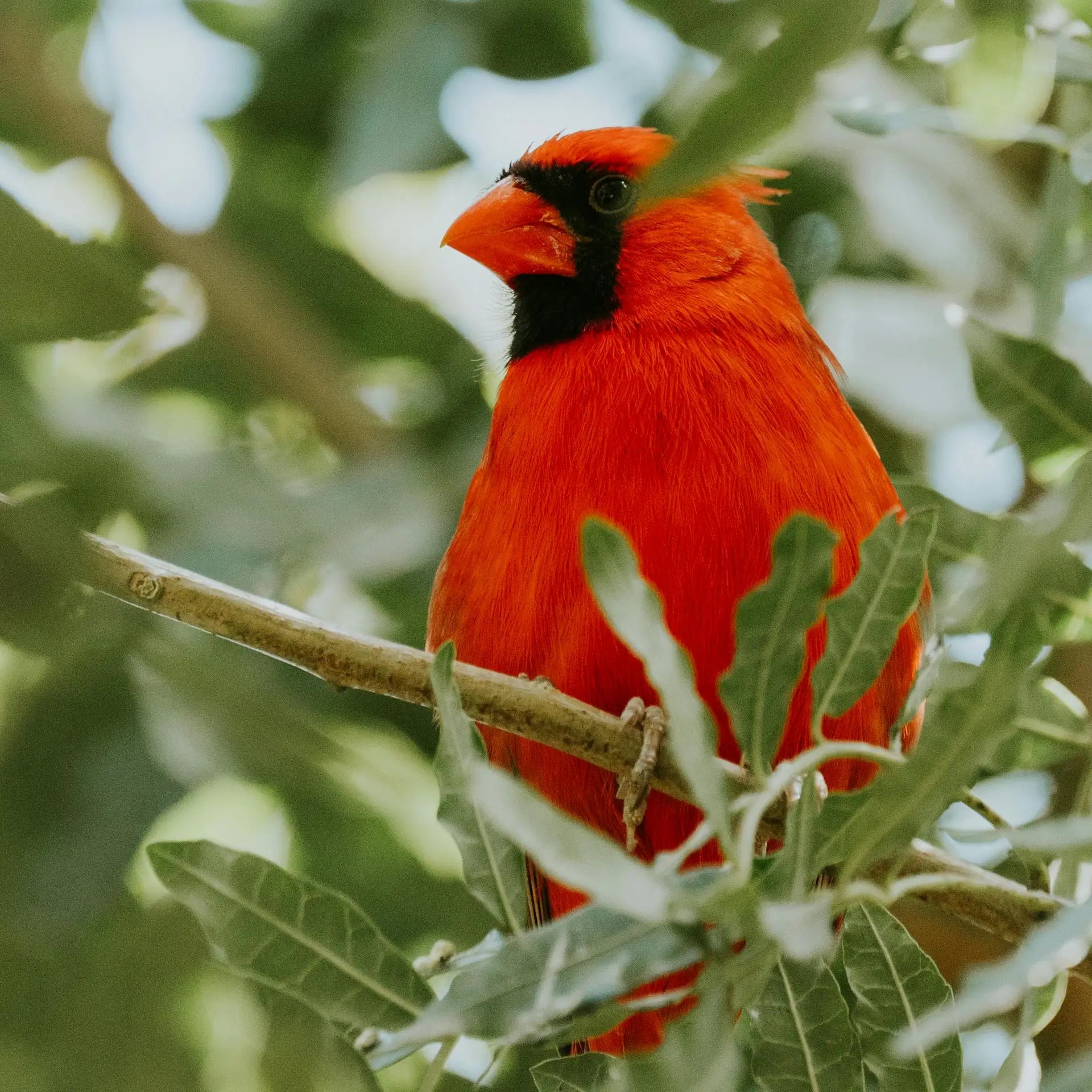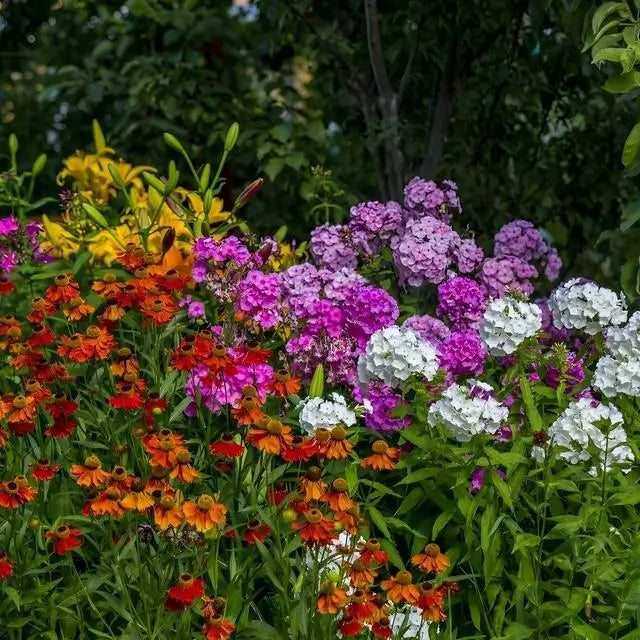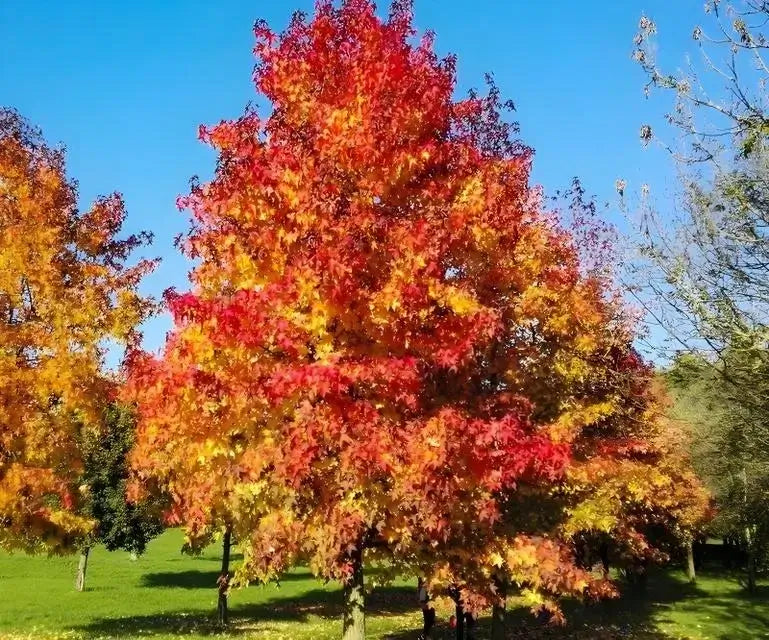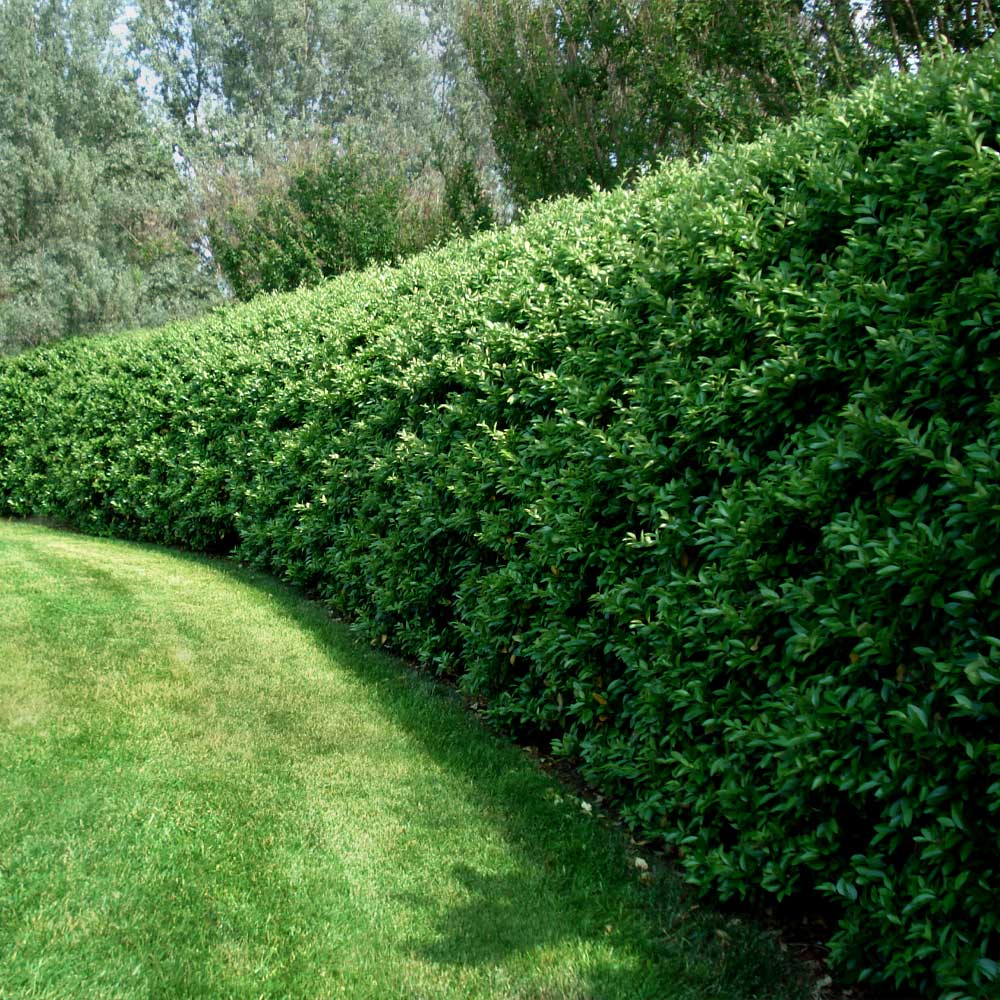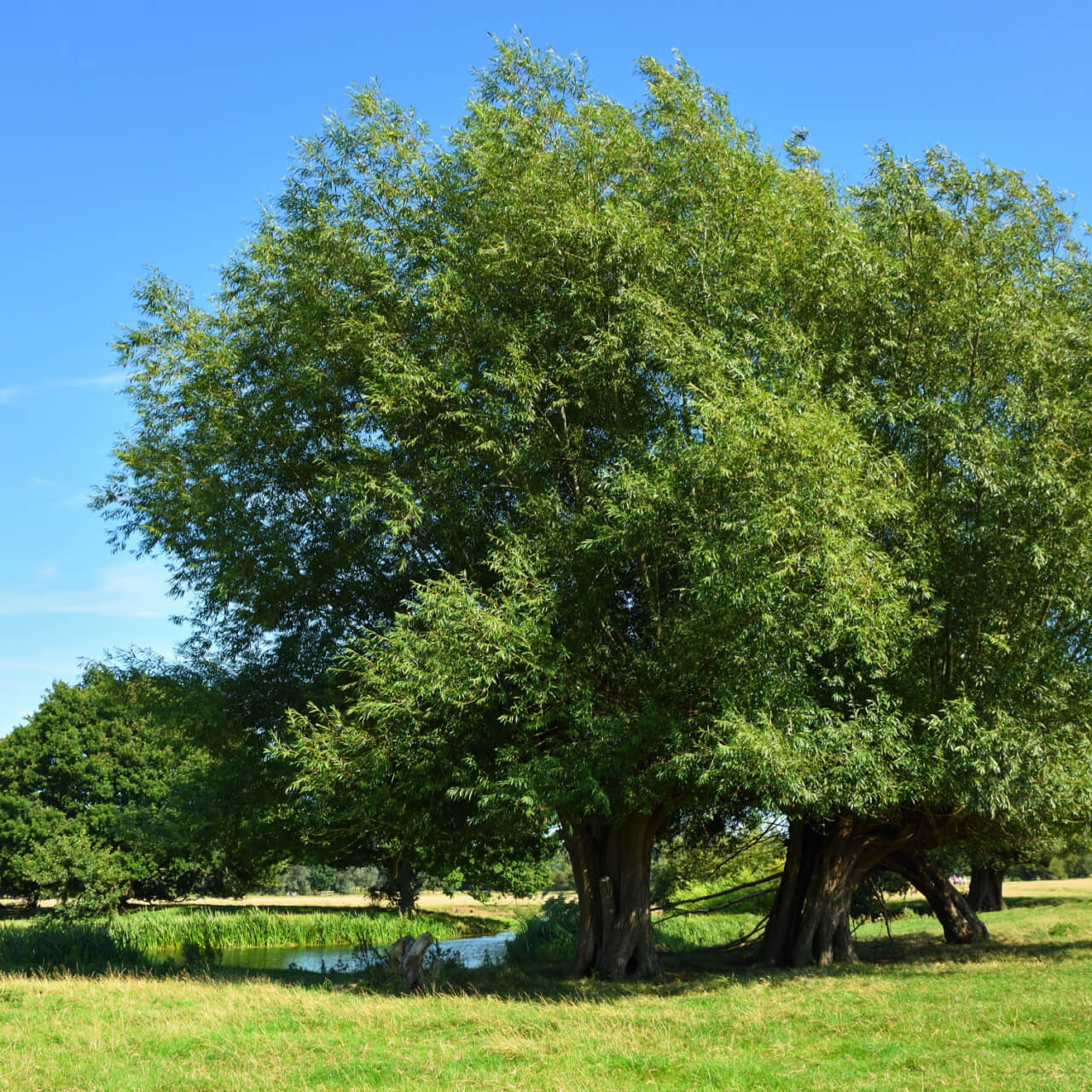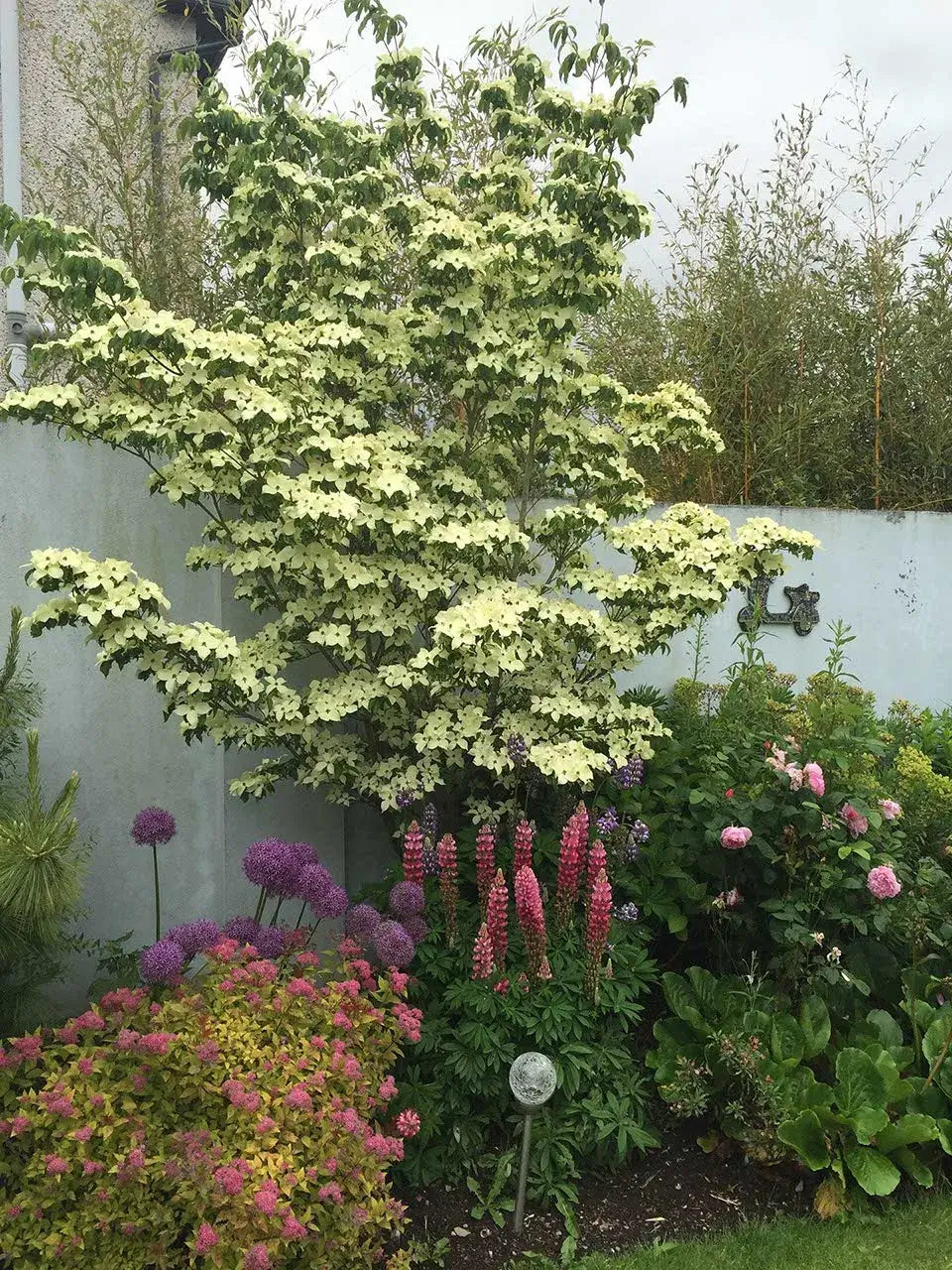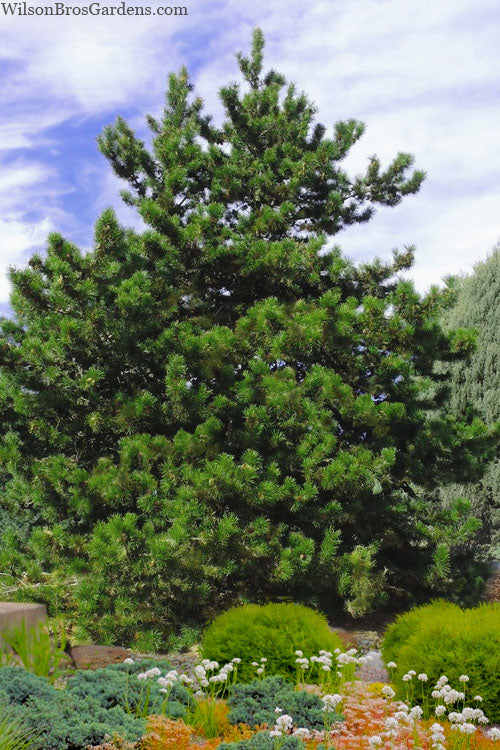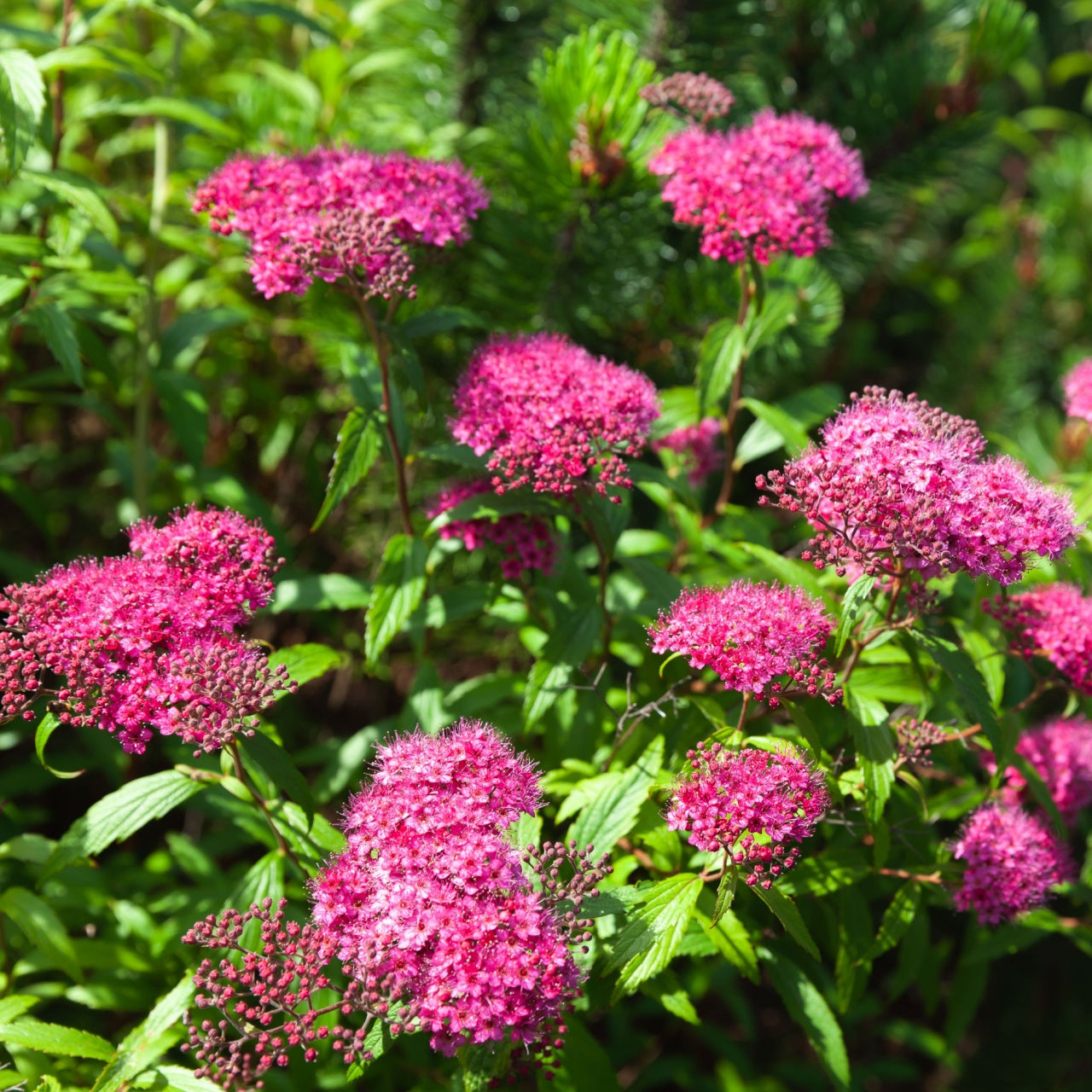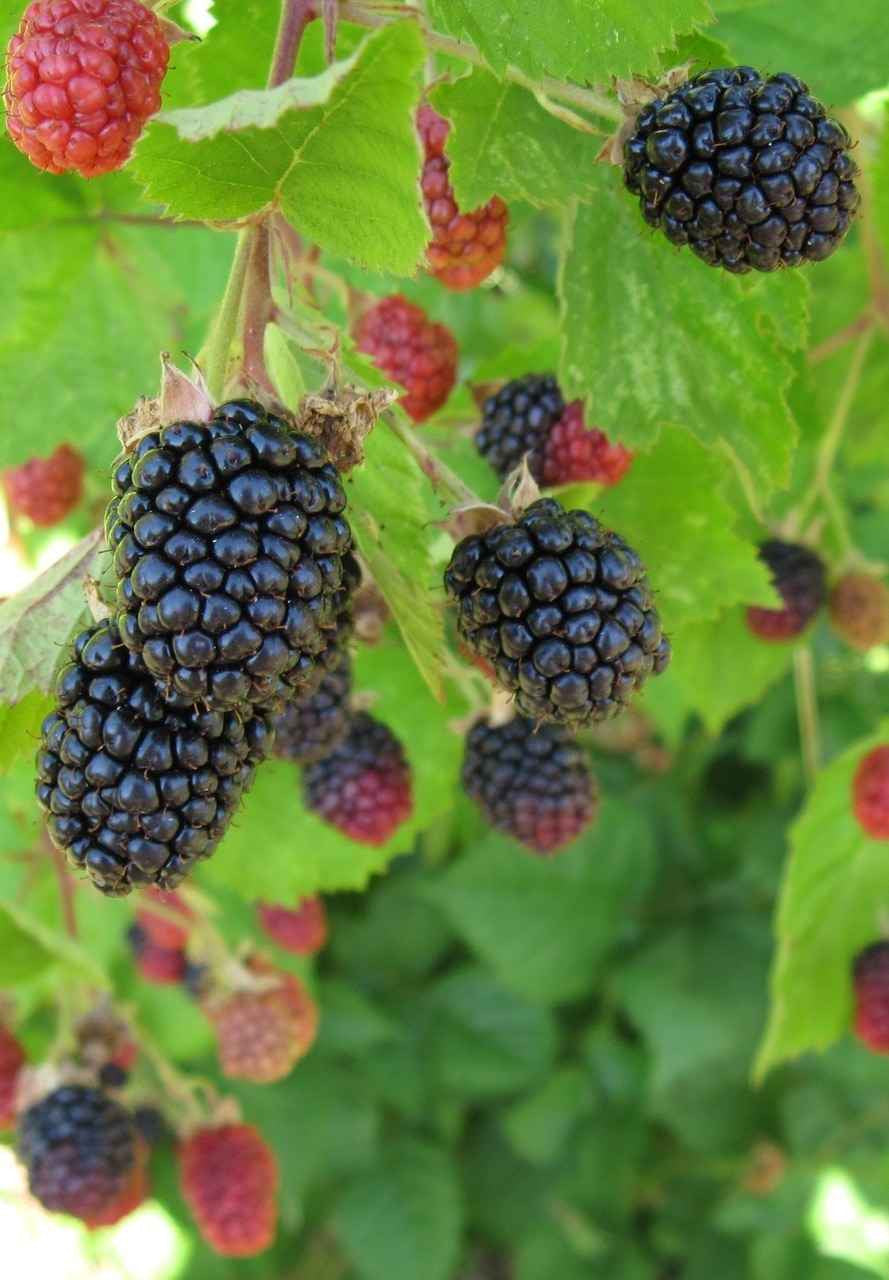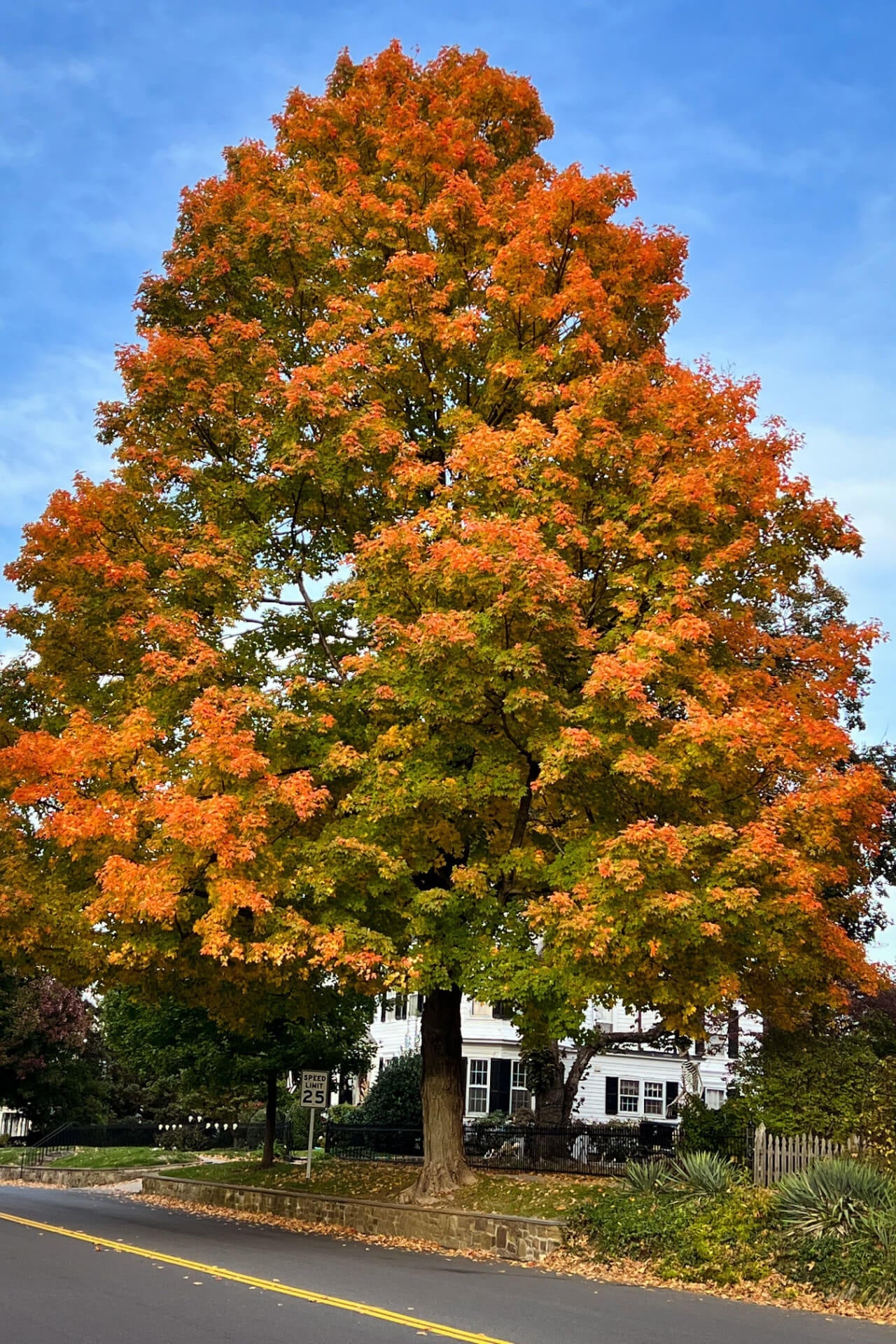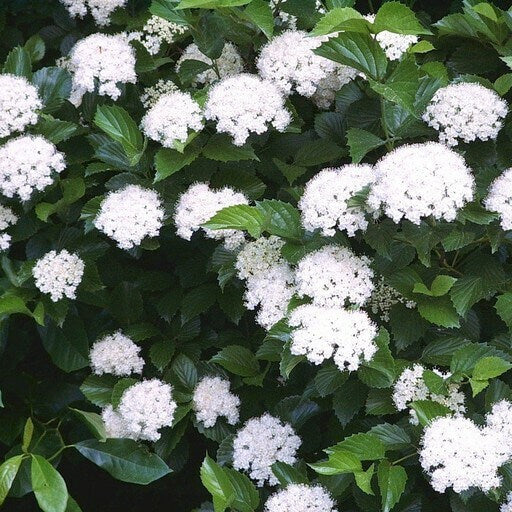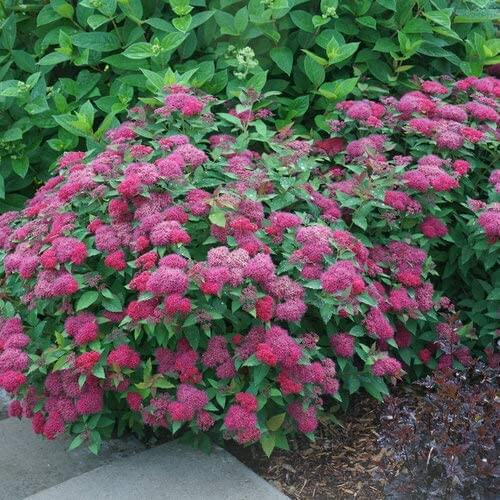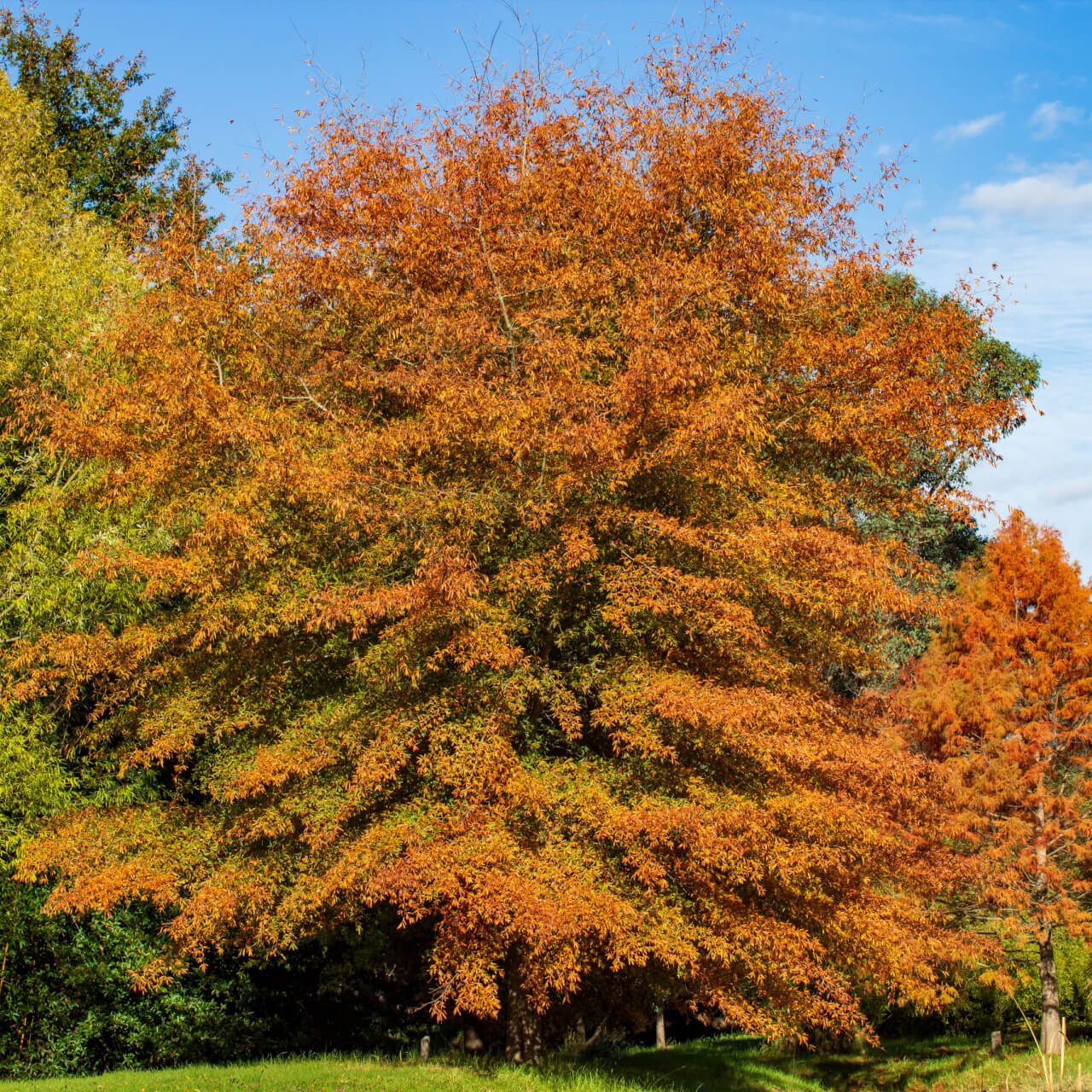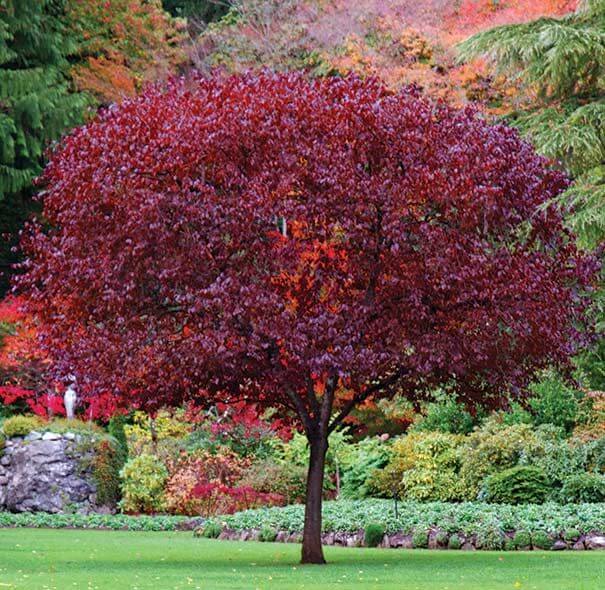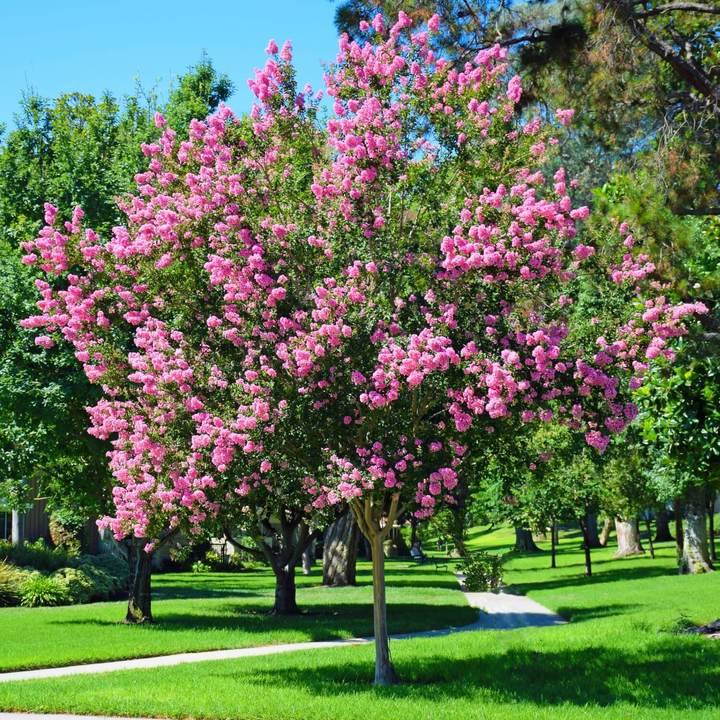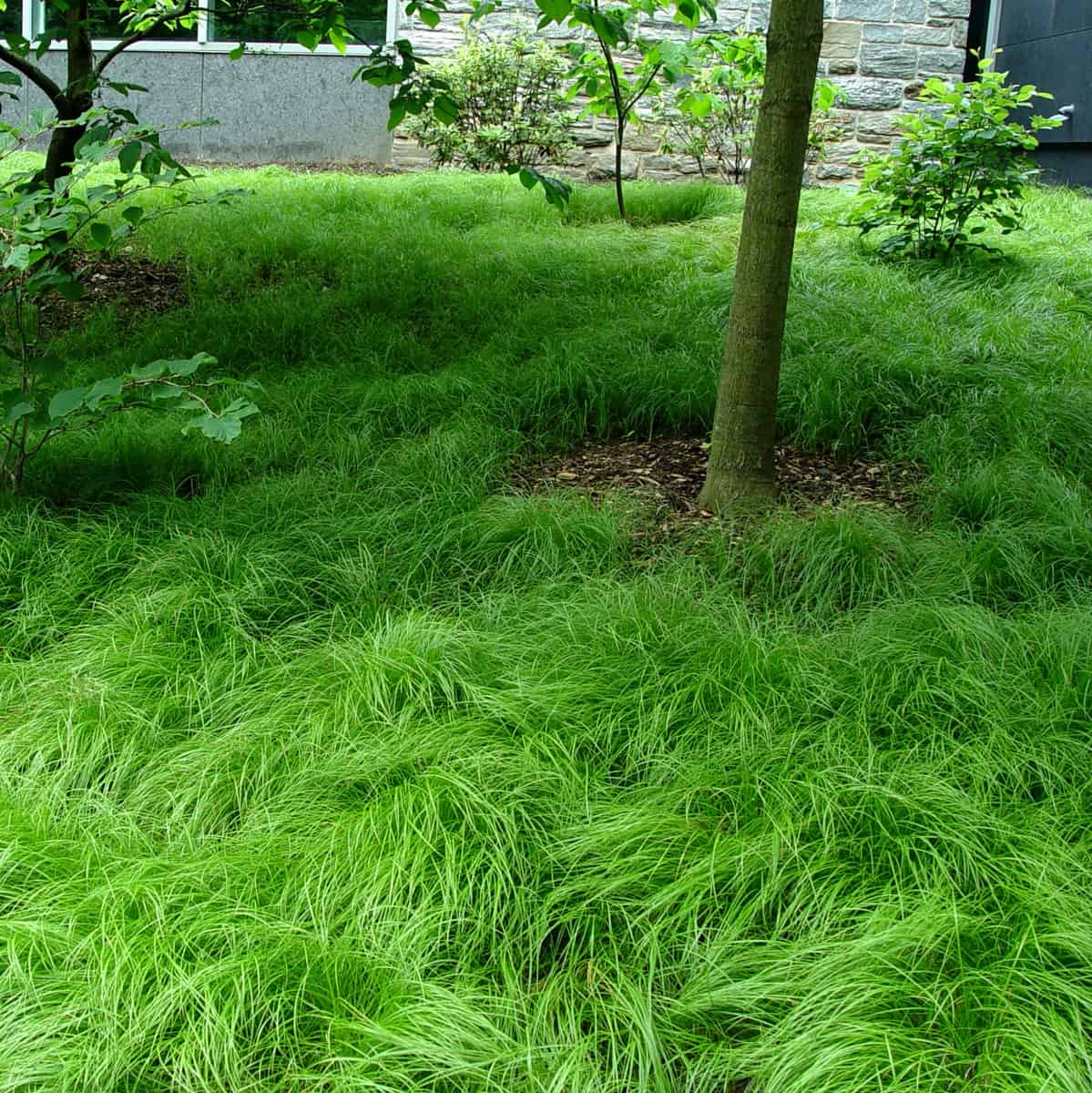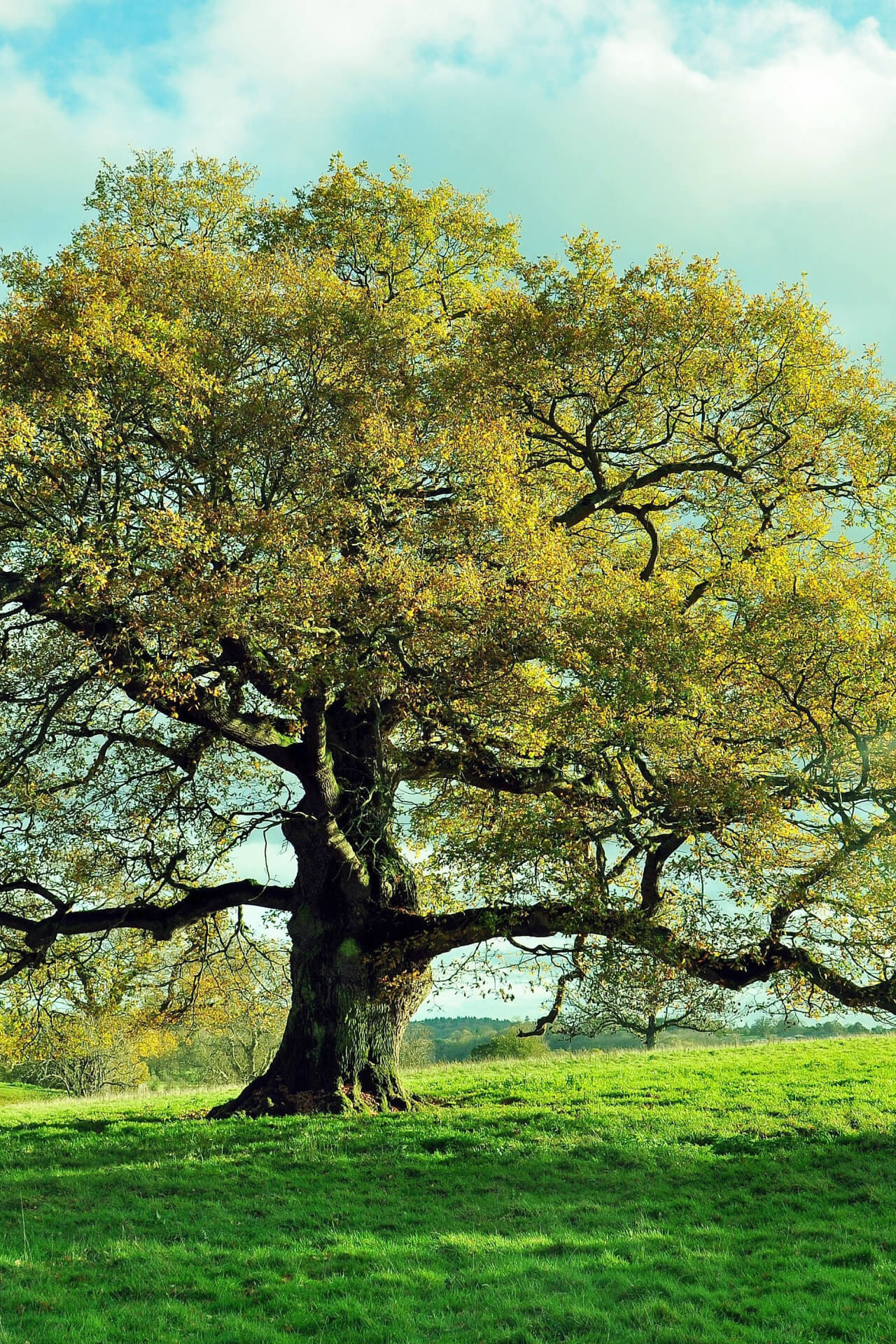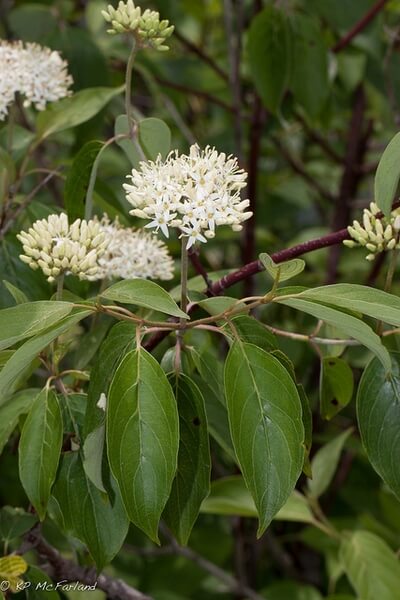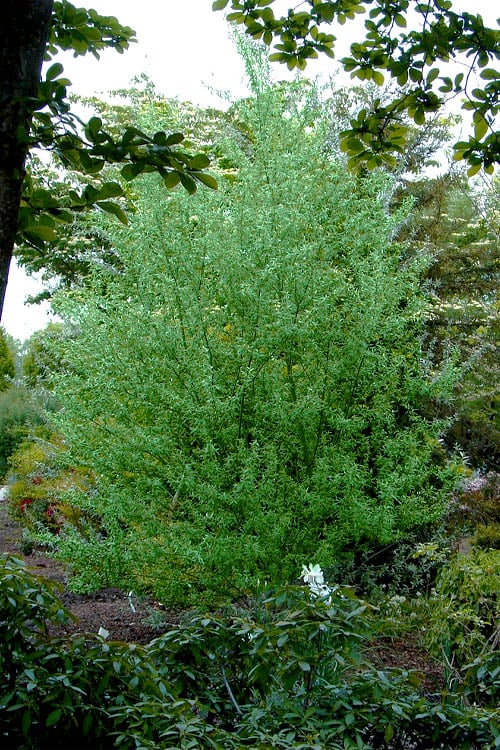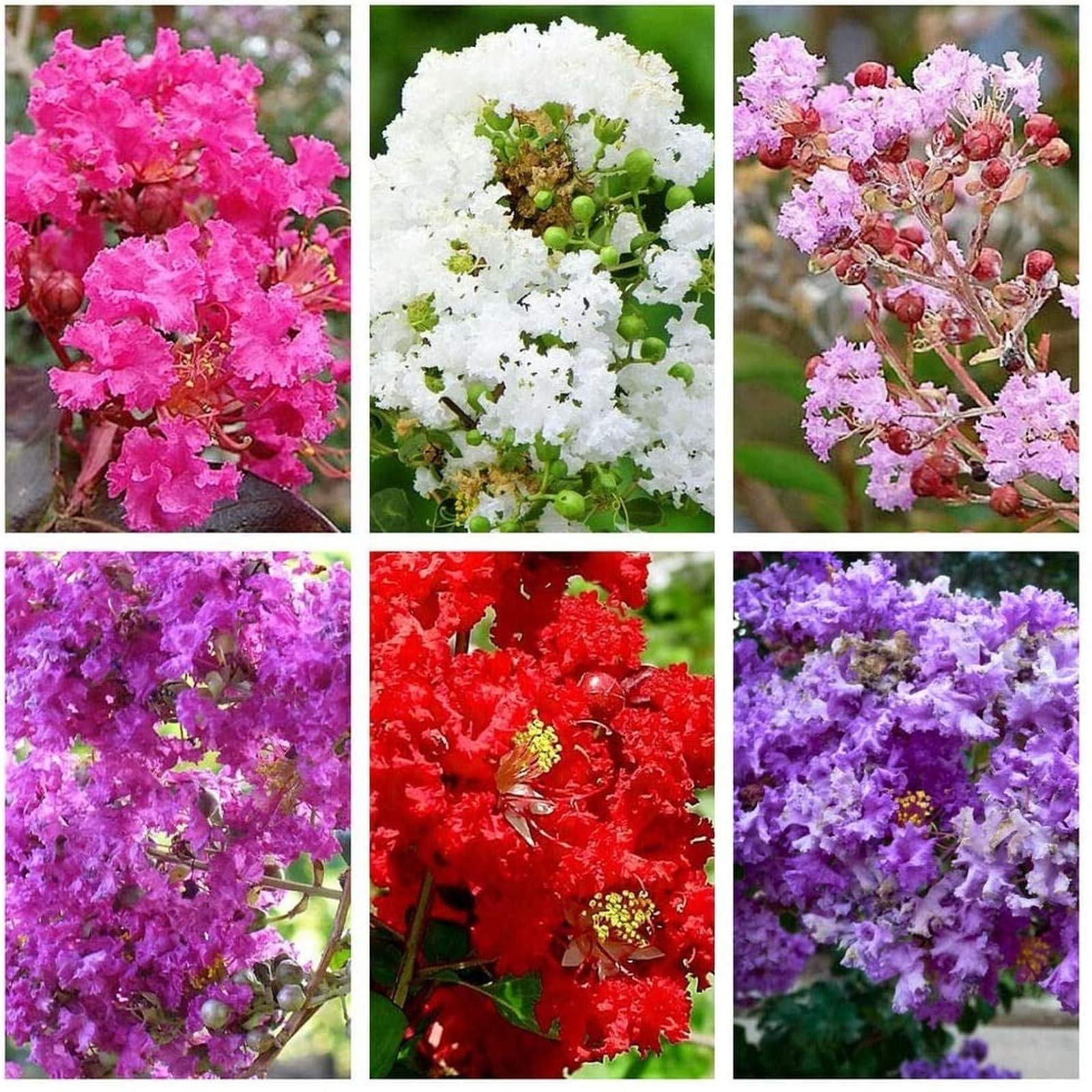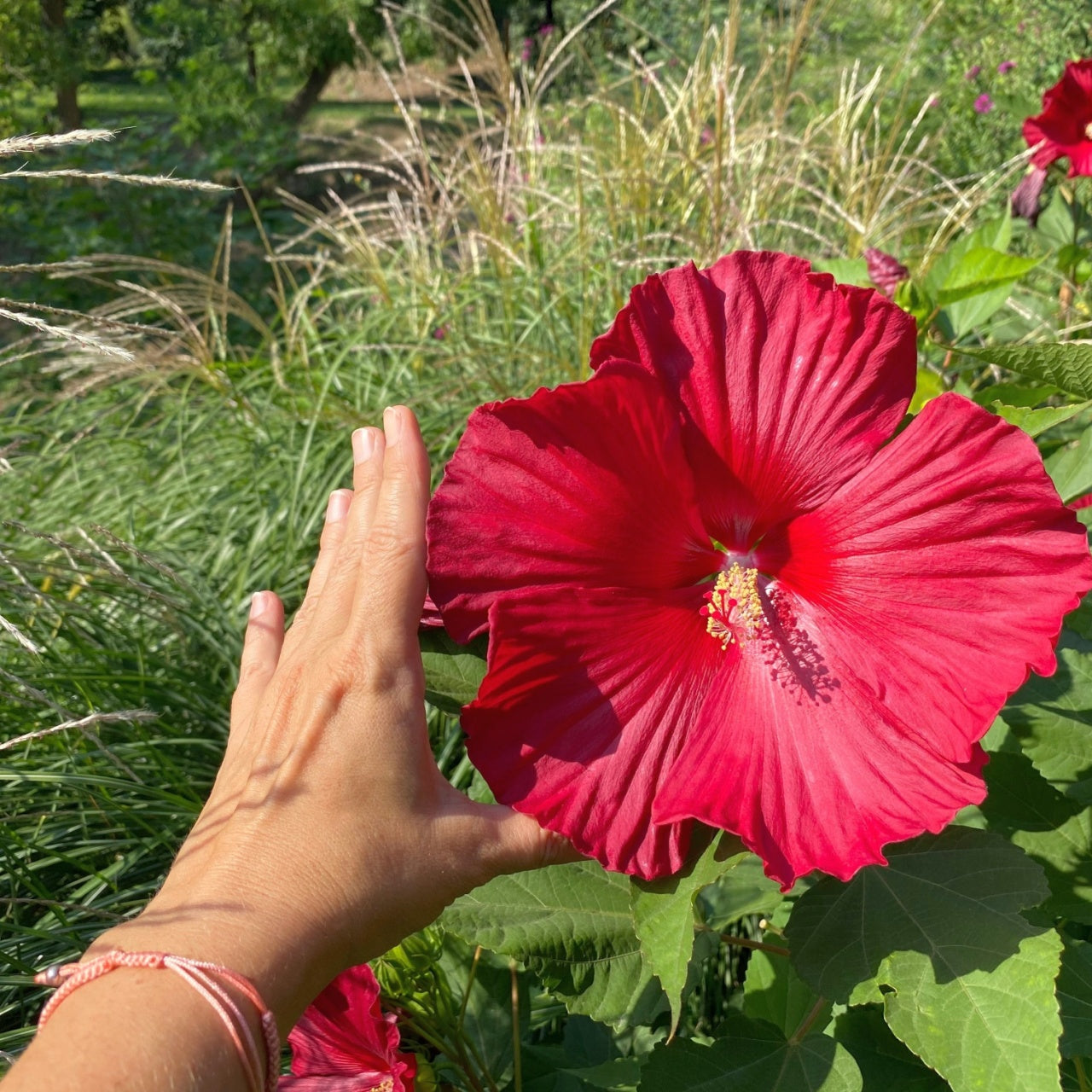Birding Plants For Sale
There’s something special about stepping outside and hearing birdsong in your own backyard. If your an avid birder or just enjoy the presence of hummingbirds, songbirds, and finches, the right plants can turn your space into a haven for feathered friends. Our collection of birding plants is curated to offer food, shelter, and nesting sites for birds throughout the year.
Attract More Birds, Naturally
Birds are drawn to gardens that meet their basic needs: native berries, nectar-rich blooms, dense shrubs, and protective trees. The plants in this collection offer a wide range of benefits—from bright flowers that attract hummingbirds to fruiting shrubs that provide essential winter food. No feeders required—just real, rooted plants doing what they were made to do.
Top Birding Plants from Our Nursery:
Serviceberry
A native tree with spring blossoms and summer berries that attract robins and waxwings.
Bee Balm
Hummingbirds love its bold red blooms and long flowering season.<
Black Chokeberry
This hardy shrub provides dense cover and late-season berries.
Elderberry
Loaded with berries in summer and a magnet for catbirds and bluebirds.
Why Buy Birding Plants from TN Nursery?
We specialize in native and wildlife-friendly plants that thrive in real-world conditions. Each order is shipped bare root, fresh from our farm, and ready to plant. Whether you're designing a small bird garden or adding to an existing landscape, our birding plants will help create a space where birds feel at home.
Browse our collection today and bring your landscape to life with motion, color, and song—naturally, season after season.
